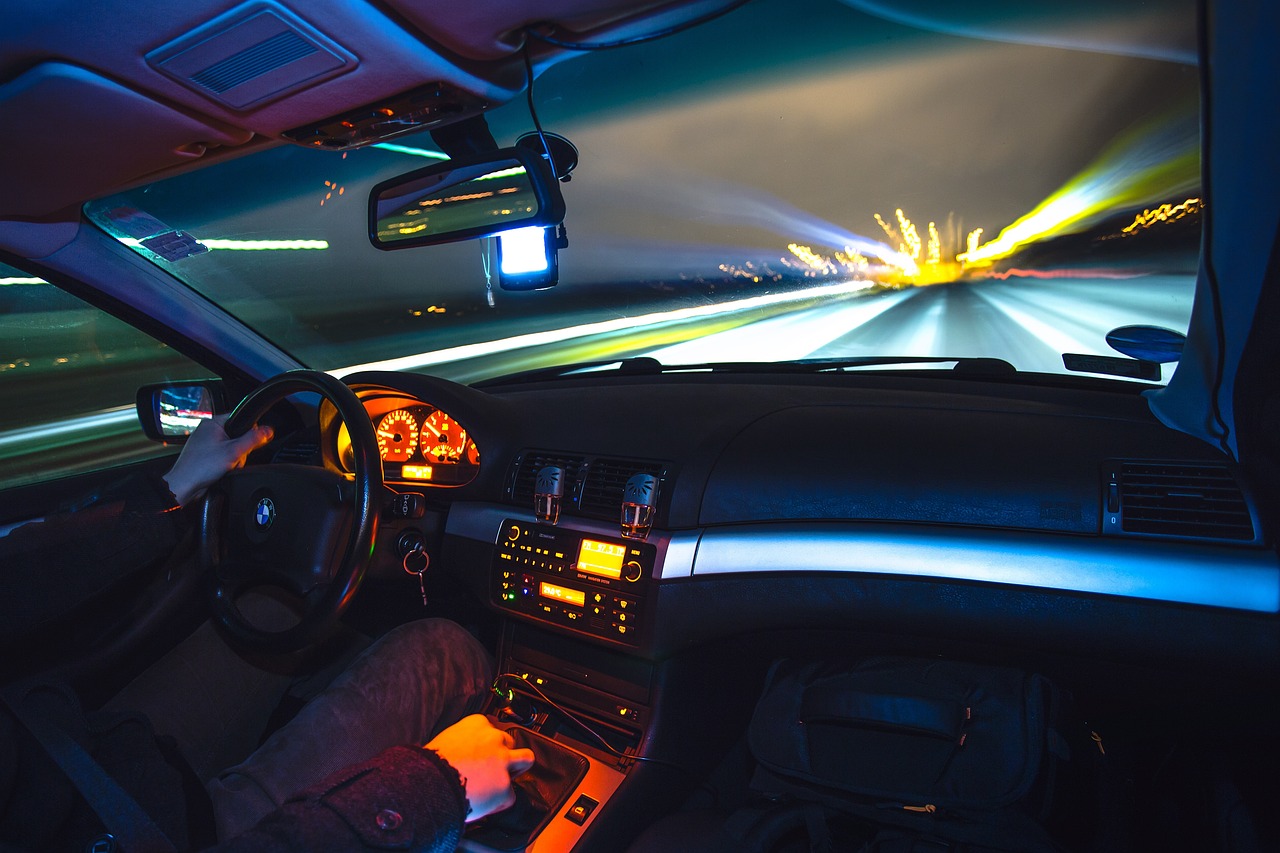
Far More Fatal Accidents Happen After Dark
There are certain times of the day that are more dangerous to drive. We know that rush hour – the morning and evening commutes – tend to lead to more wrecks. Despite less traffic, the most dangerous time to drive is actually during the night. In fact, a study from Penn State suggests that driving at night is three times more dangerous than driving during the day. Over 50% of fatal car wrecks occur during the night despite the fact that just 25% of driving occurs after the sun sets.
Let’s have the Car Crash Captain fill us in on why it’s so dangerous to drive at night, and what we can do to ensure our safety on the roads after dark.
Why is Driving at Night so Deadly?
When you hit the road, you should be well prepared. However, life tends to throw some things at us that we can’t entirely prepare for. While we intend to only drive when conditions are ideal, we can end up on the road during more dangerous times. When that happens, we can still do our best to drive safely.
Poor Visibility Leads to Nighttime Wrecks
One of the leading factors in wrecks after dark is simply that humans can’t see very well at night. Of course we have headlights on our vehicles, and many areas have street lights installed to help alleviate the problem, but no artificial light will ever be quite as good as the sunlight.
Even great drivers are at the risk of another motorist not being able to see them as they cruise down the streets.
What can we do? As individuals, the safest way to prevent an after-dark car wreck is to simply not drive around after dark. That, however, is not entirely feasible, especially in the winter months when the sun sets quite a bit earlier than in the summer.
Government entities can do better by increasing the light on high traffic roadways. Tall street lights that cast light evenly have been show to help reduce the number of wrecks. Ensuring reflectors and road markings aren’t worn out are also ways to increase visibility.
Being Tired Leads to Wrecks After Dark
Humans are made for the light. Not only do our eyes perform better when it’s light out, our brains function better throughout the day as well. Even those accustomed to the night shift will have an instinctual longing to sleep at night and be awake throughout the daytime.
Because of this, our bodies “know” that when it gets dark out, it’s time to hunker down and sleep. The longer the night drags on, we get more and more tired. At a certain point, we are driving around so tired that our reaction times are worse than those driving while drunk.
What can we do? Get plenty of sleep so if you have to drive after dark, you can stay alert. Sometimes there is no choice, and late-night driving is essential. Planning appropriately helps ensure we are doing our best to avoid a wreck. Even if you’re not the at-fault driver, being alert can help avoid someone else driving negligently.
Impaired Driving Leads to Wrecks at Night
Most people drink alcohol, or use drugs, later in the day. There certainly are some that are drinking in the morning, or throughout the day, but the bulk of indulgence occurs in the evening and into the night.
The number one way to prevent a drunk driving accident is to not drive while drunk.
However, that doesn’t mean sober people won’t be hit by a drunk driver. In Texas, bars have to stop serving at 2AM. Driving in the hour before, or after, this time can be some of the most dangerous, and should be avoided if possible.
What can we do? Don’t drive while under the influence, of course. Drive defensively after dark, especially near areas with a larger number of bars. Keep an eye out for those who might be driving erratically – call them in if you suspect a drunk driver.
Visit with the Car Crash Captain if You’ve been in a Wreck
No matter how safely we drive, other people won’t hold themselves to the same standards. If you have been injured in a wreck where you weren’t at fault, or if your family member was killed due to a negligent driver, then we need to talk!
Contact the Car Crash Captain by calling the office at 214-414-3808. Or fill out our contact form and we’ll reach out to you. We’ll start with a free call to learn what happened, and then learn how we can help.